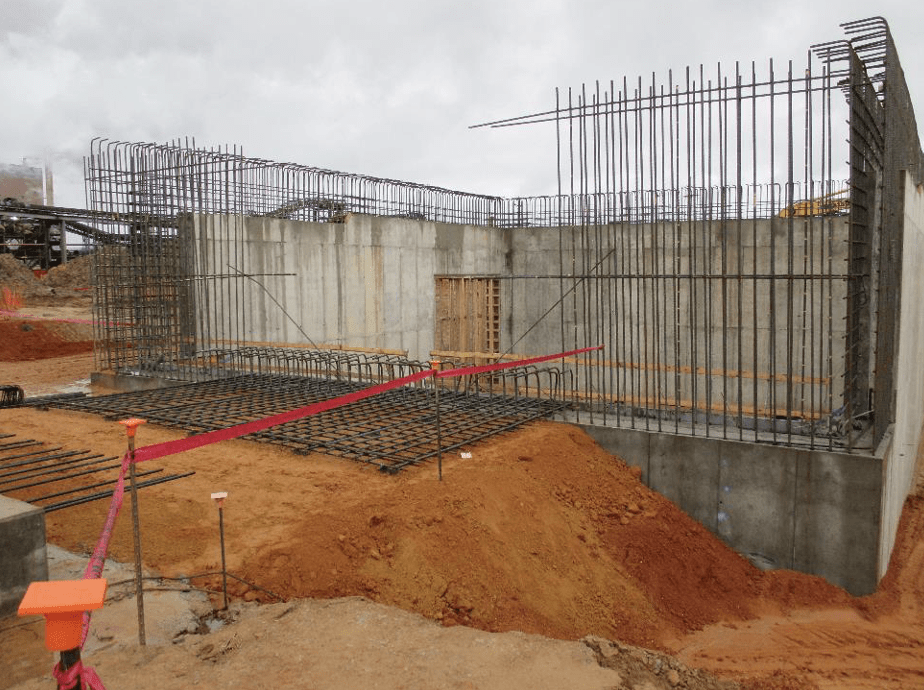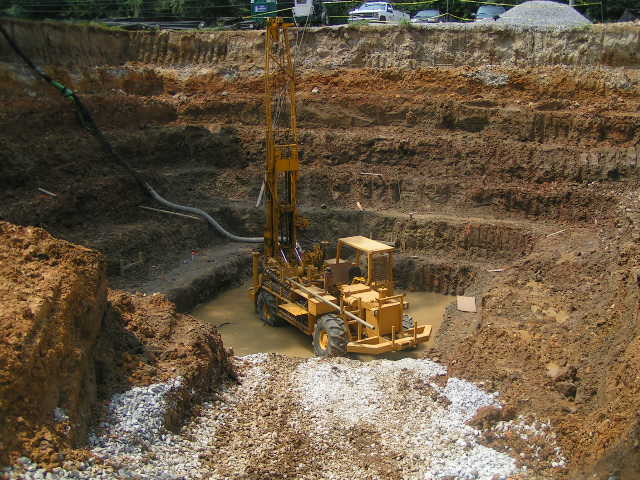Consulting Civil Engineering Companies Offering Geotechnical Solutions
Consulting Civil Engineering Companies Offering Geotechnical Solutions
Blog Article
Exactly How Consulting Engineers Enhance Geotechnical Design Projects: Insights Into Their Knowledge, Methods, and Collaborative Approaches
Consulting engineers are essential in boosting geotechnical design jobs, using their specialized knowledge to browse the complexities of subsurface conditions. Their collective techniques foster interaction amongst varied job stakeholders, ultimately forming the job's trajectory.
Duty of Consulting Engineers
The knowledge of getting in touch with engineers in geotechnical design is basic to the effective implementation of building and construction projects. These specialists play an essential function in examining soil and rock homes, which are crucial factors affecting design and construction choices. By performing complete website investigations, consulting designers gather crucial data that educates the style procedure, making certain projects are built on stable and suitable ground.
Consulting engineers also offer vital understandings into danger monitoring (geotechnical geologist). They recognize possible geotechnical dangers, such as landslides, soil liquefaction, and negotiation concerns, enabling stakeholders to execute efficient reduction approaches. Their know-how aids in optimizing foundation layouts, which can lead to considerable price financial savings and improved safety
Furthermore, getting in touch with engineers work as an essential web link between project proprietors, architects, and service providers. Their capacity to translate complicated geotechnical data into workable suggestions promotes cooperation and facilitates informed decision-making throughout the job lifecycle. This multidisciplinary method not just improves task performance however also guarantees conformity with regulatory requirements and finest techniques.
Trick Techniques in Geotechnical Engineering

One key methodology is site examination, which involves carrying out field tests and lab analyses to collect information on subsurface problems. Strategies such as Criterion Infiltration Screening (SPT) and Cone Penetration Testing (CPT) are widely used to review dirt stratigraphy and toughness. In addition, geophysical approaches, consisting of seismic and electric resistivity surveys, supply non-invasive means to evaluate subsurface qualities.
An additional important method is numerical modeling, which enables engineers to imitate numerous circumstances and anticipate exactly how soil-structure communications will behave under various loading conditions. Finite Element Analysis (FEA) is a typical technique employed in this context.
Furthermore, the layout of foundations, retaining frameworks, and earthworks depends heavily on these methodologies - geotechnical geologist. By integrating innovative logical tools with area data, seeking advice from designers can create tailored services that deal with particular job difficulties, inevitably adding to the stability and safety of construction jobs
Value of Soil Analysis
Soil evaluation acts as a foundational aspect in geotechnical design, giving necessary understandings into the see this physical and chemical buildings of soil essential for effective building planning. Comprehending dirt qualities is crucial for determining its load-bearing capacity, drainage actions, and capacity for negotiation or instability. Comprehensive soil examinations, including tasting and research laboratory testing, aid recognize criteria such as soil type, wetness content, density, and shear toughness.
These evaluations notify the option of proper building techniques and products, ultimately influencing project security and durability. Cohesive soils might require various foundation designs contrasted to granular dirts, requiring tailored engineering remedies. Additionally, dirt analysis help in determining impurities that can posture risks to human health and wellness or the atmosphere, permitting the advancement of mitigation techniques.
Integrating soil analysis right into the very early phases of job advancement assists to lessen unexpected obstacles, ensuring that designers can prepare for and address prospective concerns prior to they rise. By developing a thorough understanding of the website problems, getting in touch with designers can maximize layout performance and decrease prices, therefore enhancing the total success of geotechnical design tasks.
Joint Approaches in Projects
Effective geotechnical tasks typically depend upon collaborative approaches that combine varied expertise from numerous self-controls. Effective partnership among consulting designers, rock hounds, environmental researchers, and building professionals is crucial for dealing with complicated difficulties and optimizing project results. By leveraging the one-of-a-kind abilities and understanding of each team participant, jobs can take advantage of a holistic understanding of the website problems, governing requirements, and engineering constraints.
Regular communication and interdisciplinary conferences promote the sharing of understandings and cultivate a culture of team effort. These joint initiatives enable the identification of possible threats early in the job lifecycle, enabling for prompt reduction approaches. Incorporating feedback from stakeholders, including neighborhood areas and governing companies, ensures that all viewpoints are considered, improving job approval and compliance.
In addition, the assimilation of sophisticated modern technologies, such as Geographic Info Equipment (GIS) and Structure Info Modeling (BIM), additional boosts partnership. These devices enable the you can look here real-time sharing of data and visualization of geotechnical conditions, promoting notified decision-making. Ultimately, a joint method not only streamlines job execution however additionally lays the foundation for innovative services to complicated geotechnical design challenges.
Effect On Job Outcomes

Consulting designers use sophisticated techniques such as threat assessment and predictive modeling, which boost the accuracy of job forecasts. Their capacity to integrate innovative innovations, like geotechnical instrumentation and data analytics, additionally refines the style and building and construction processes. Because of this, projects experience boosted effectiveness, lowered prices, and minimized delays.
Moreover, cultivating reliable interaction and cooperation amongst group members boosts analytical capabilities. When difficulties arise, a joined front permits swift identification of services, protecting against potential setbacks. Inevitably, the collaborative initiatives of consulting engineers add to better outcomes, guaranteeing that jobs fulfill both governing requirements and customer assumptions.
Verdict

Report this page